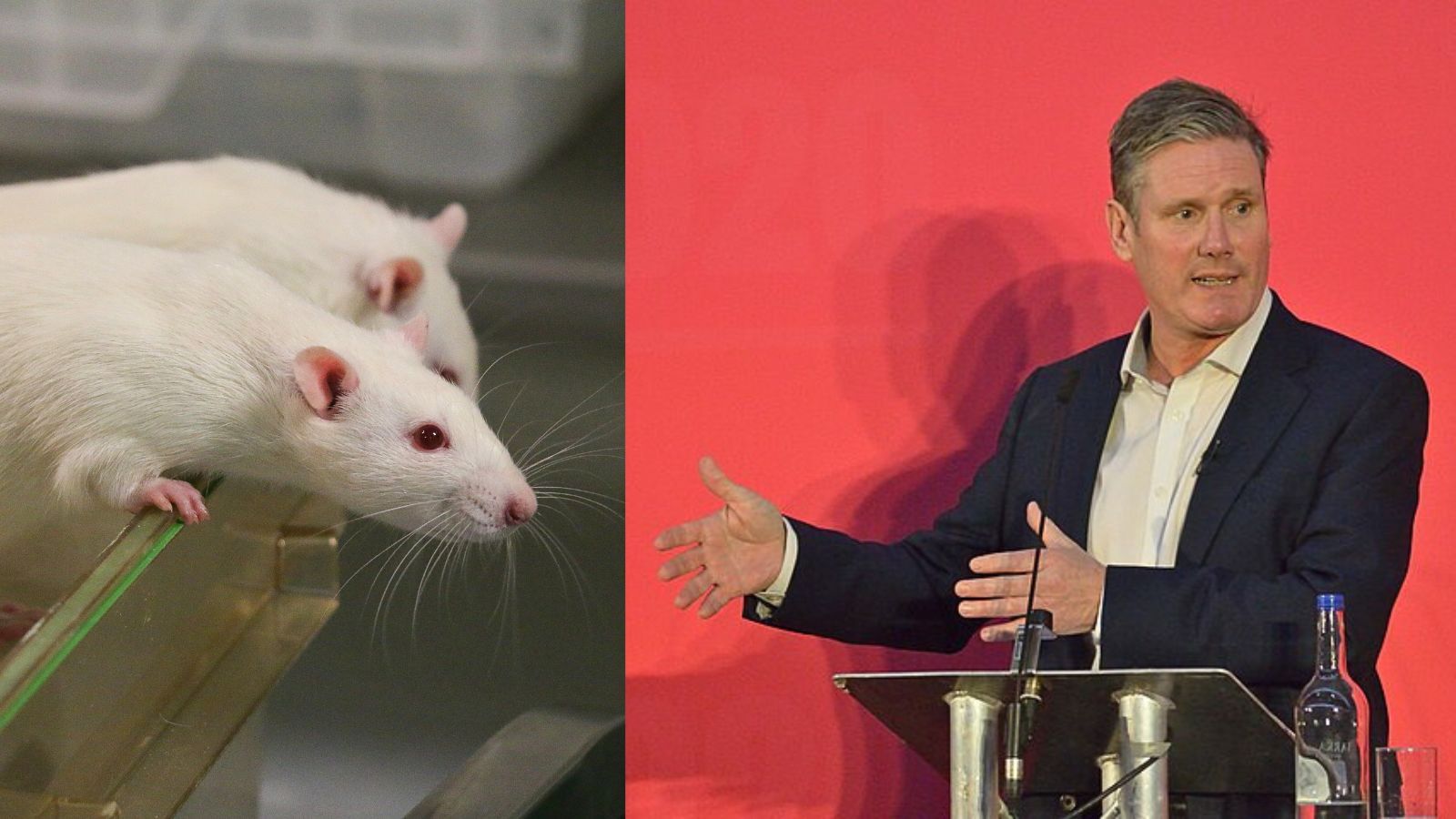The Labour Party has recently taken an interest in animals in science and recent developments in Non-Animal Technologies (NATs) and New-Approach Methodologies (NAMs). Here are some questions answered.
What has Labour said about animal testing?
The manifesto, launched on 13 June, states “We will partner with scientists, industry, and civil society as we work towards the phasing out of animal testing.” On 7 June the Mirror newspaper reported that: “The party will promise to publish a roadmap to end the use of animals in the scientific testing of products. In the first year of a Labour government, a board of experts will be tasked with coming up with the plan to phase out the use of dogs, minipigs and rabbits in testing. This will include an end to medical testing when scientific alternatives allow.”
Don’t we already have a roadmap?
We have more than one. There’s a main roadmap completed in 2015 and running to 2030 but also several sub-roadmaps like this one for the Food Standards Agency. These roadmaps and plans are typically done in consultation with expert groups like UAR – you can read our response to the HSE biocides-specific consultation here. We do not have a specific roadmap for dogs, rabbits and minipigs. For these species, the majority of animals are used to satisfy government regulations, but around a quarter of each are used in basic/fundamental and translational research.
What are the chances of success?
Relatively high. It’s the direction of travel in general, but the quickest reductions are likely to be in the regulatory space where the questions being asked are often simpler and there’s more wiggle room with how you approach the problem.
The rub may come when you look at what regulations the animals are used for. With dogs, there were 2,483 procedures done for human medicine in 2022, 206 for veterinary medicine and 196 for ‘plant protection’, which can often mean a ‘safe for pets’ designation. In this case, the narrative of the replacement of animals with ‘human-relevant’ approaches fits quite well. With rabbits it’s 2,761 for human medicines, 1,344 for animal medicines and 747 for chemicals testing, but 194 for plant protection and 2,501 for feed legislation. Not food, feed. For animals. For pigs, it’s 611 for human medicines but 424 for animal medicines and 18 for plant protection. For rabbits and pigs, then, the ‘human-relevant’ narrative makes a lot less sense, but there could still be transferable innovations, including reevaluating what risks are taken using non-animal methods and ‘human-relevant’ methods that are adapted for other species.
So, this is a good thing?
Yes, because it encourages regulatory introspection, lures capital investment and directs research efforts towards the numerous gaps. It’s a measured policy which avoids mantraps like setting doomed, arbitrary deadlines.
Is that it?
There may be a separate Labour Animal Manifesto as in previous years, which is more of an aspirational document. The last iteration, in 2022, was relatively sensible (barring number 4), pledging to ‘Review conditions for animals in research’, specifically:
- Review the Animals (Scientific Procedures) Act 1986 and commit to phasing out animal testing
- Review regulatory testing to eliminate avoidable tests
- Make animal testing licenses open and transparent
- Ban import and export of animals for use in research
- Contribute to the development of non-animal research methods
Eagle-eyed readers may spot that much of this is the existing situation.
Labour also has a specific life-science strategy, which is a mix of repackaged existing aspirations, some ideas from the Nurse and Tickell reviews and other aspects to align the life sciences more closely with Labour’s ‘missions’. It seeks to increase national resilience to as-yet-unknown diseases and geopolitical or climatic shocks while removing blocks to prosperity like needless or duplicative bureaucracy and lack of infrastructure.
Practical measures include bringing laboratory clusters within the scope of the Nationally Significant Infrastructure Regime in England and creating a planning presumption in favour of approving lab space. There are also plans to increase access to finance and funding, place life science and innovation under the Health Secretary’s remit, strengthen the Office for Life Sciences, and encourage more university spin-out businesses and 10-year budgets for key R&D institutions. There are other plans around maintaining R&D tax credits, international IP, harnessing patient data and bolstering skills.
Credits:
"Keir Starmer, 2020 Labour Party leadership election hustings, Bristol 4.jpg!" Rwendland, CC BY-SA 4.0, via Wikimedia Commons
Read more: POLICY
Last edited: 17 June 2024 13:41



